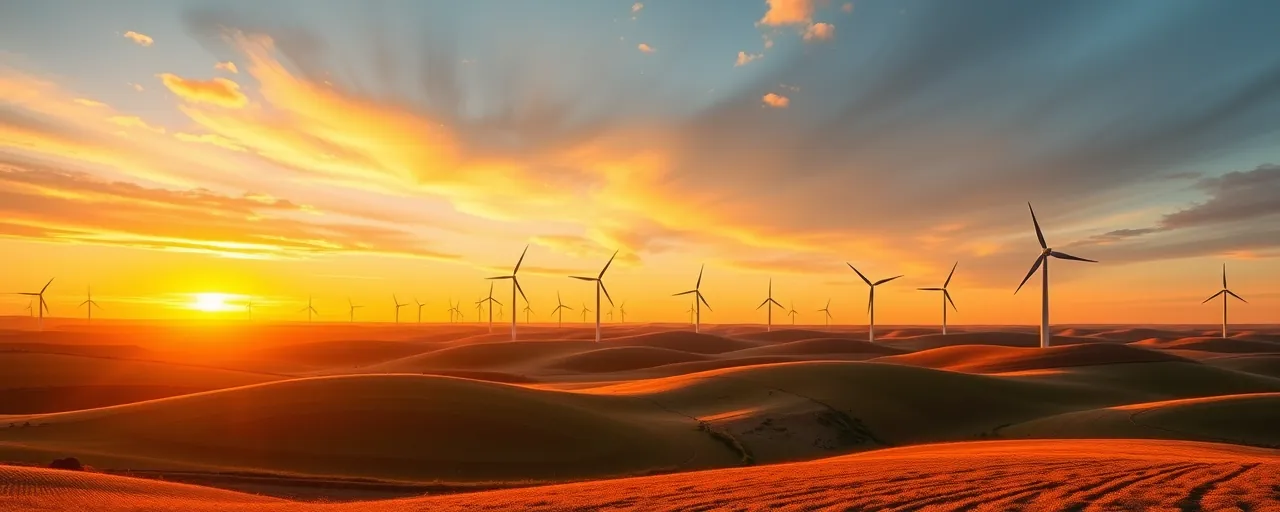A Bold Move Against Wind Power
In January 2025, President Donald Trump issued an executive order halting all federal approvals for wind energy projects across the United States. This decision, affecting both onshore and offshore developments, caught states like New York off guard. Wind power has become a key part of the state’s plan to build a cleaner, more sustainable energy grid. The order has ignited a legal and political firestorm, with New York leading the charge to challenge what it sees as an overreach of federal power.
Governor Kathy Hochul and Attorney General Letitia James wasted no time responding. They announced a lawsuit against the federal government, arguing the order threatens thousands of jobs and undermines New York’s renewable energy goals. For residents, the issue hits home: affordable electricity, local employment, and cleaner air are all at stake. The conflict highlights a deeper struggle between state innovation and federal control, with wind energy as the latest battleground.
The executive order goes beyond pausing new projects. It also calls for reviewing existing wind leases, leaving businesses and workers in a state of uncertainty. New York, aiming for 70 percent renewable energy by 2030, views this as a direct challenge to its progress. Yet, some defend the order, citing the need to protect traditional energy sectors. Both perspectives carry weight, and the resolution will shape the nation’s energy future.
Economic Impacts on the Line
Wind energy has fueled significant job growth nationwide. In 2023, renewable energy supported 3.5 million jobs, with wind and solar leading the charge. New York employs 4,400 people in wind-related roles, with projections of 18,000 additional jobs by 2030. These positions, spanning construction, engineering, and manufacturing, are vital to communities, especially in rural areas where wind farms generate tax revenue and landowner income.
However, the executive order resonates with those prioritizing fossil fuel industries. States like Texas and Wyoming rely on oil and gas for economic stability, and some argue that a rapid pivot to renewables could disrupt these regions. The tension between preserving traditional jobs and embracing renewable growth is real, though data suggests wind and solar are outpacing older sectors in job creation.
Businesses face their own challenges. Wind projects demand years of planning and substantial investment. The federal freeze, with no clear timeline for resolution, stalls these efforts, risking delays in powering homes and businesses. New York’s lawsuit seeks to restore predictability, but the legal process could take years, leaving the industry in limbo.
A Legal Fight With High Stakes
New York’s lawsuit, spearheaded by Attorney General Letitia James and supported by 17 other states, argues the executive order violates federal law. The coalition contends it disregards established timelines for wind leasing and lacks a clear rationale, making it unlawful under the Administrative Procedure Act. Other states, including Rhode Island, have launched similar legal challenges, signaling a collective stand against perceived federal overreach.
Conflicts between state and federal authority over energy policy have deep roots. A 2007 Supreme Court ruling required federal regulation of greenhouse gases, but subsequent policies have oscillated with each administration. Today, New York and others defend their climate initiatives against federal pushback, creating a complex legal landscape. The outcome of these lawsuits could redefine who shapes America’s energy future.
The debate extends beyond legal arguments. Some Republican lawmakers and community advocates raise concerns about wind turbines’ environmental and visual impacts, particularly in coastal areas. In contrast, Democratic-led states emphasize wind’s role in reducing emissions and improving public health. These differing priorities complicate efforts to find a unified path forward.
The Road Ahead for Renewables
New York’s ambitious targets—70 percent renewable energy by 2030 and 100 percent by 2040—depend heavily on wind power. A prolonged federal halt could delay these goals, increase energy costs, and diminish the public health benefits of cleaner air. Despite these challenges, the state remains committed, backed by significant investments in clean energy infrastructure.
Nationally, the renewable energy sector navigates a turbulent landscape. Past federal support, like the Inflation Reduction Act, has driven wind and solar expansion, but recent policy shifts create uncertainty. Bipartisan interest in streamlining permitting processes offers a glimmer of hope, provided leaders can bridge divides. For now, states like New York lead the way, championing wind as a source of jobs and sustainability.
The resolution of this conflict will affect millions. Workers building wind farms, families seeking affordable energy, and communities benefiting from reduced pollution all have a stake. Addressing these challenges demands a careful balance of economic, environmental, and local priorities—a complex task, but one that calls for thoughtful dialogue and decisive action.
